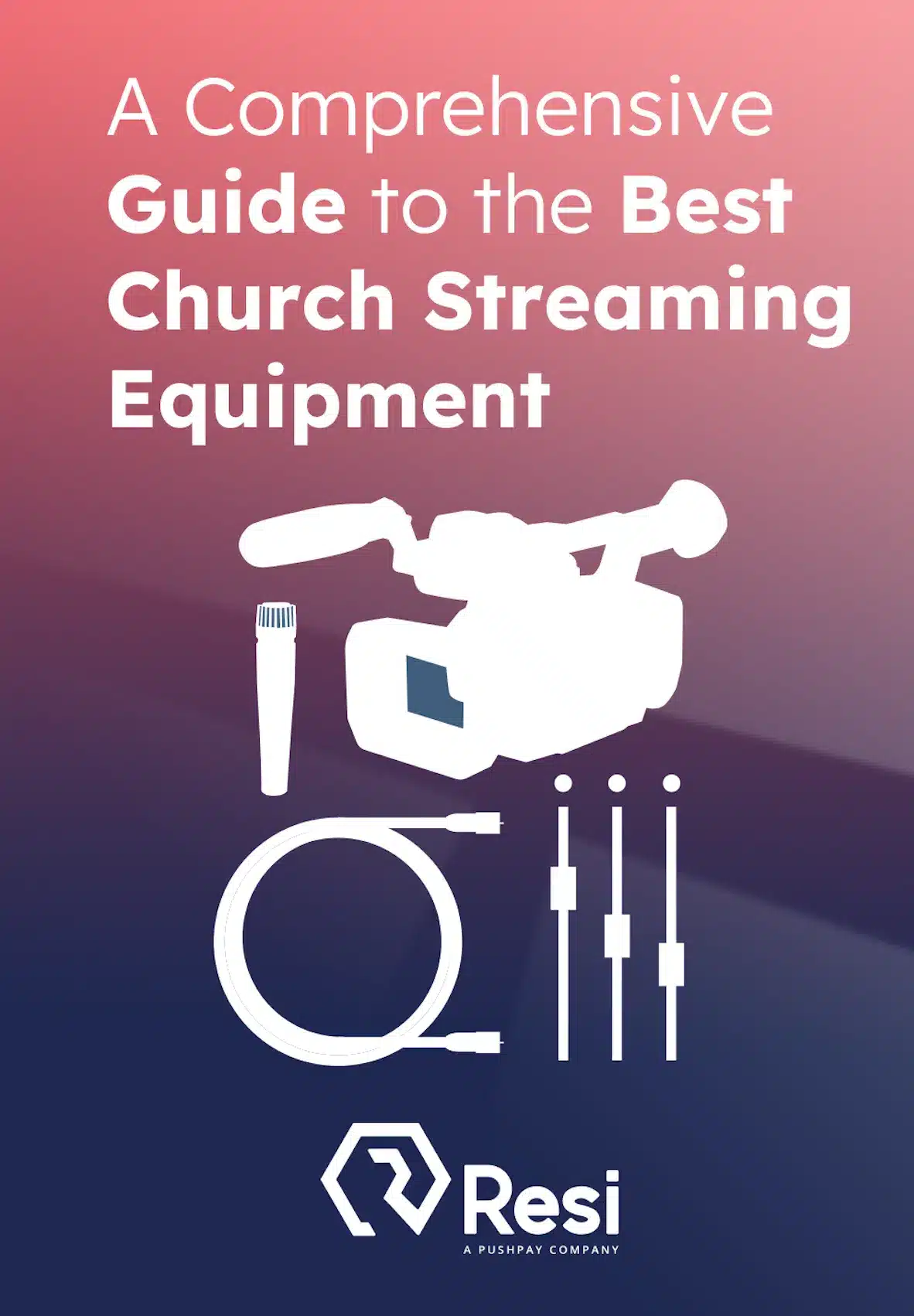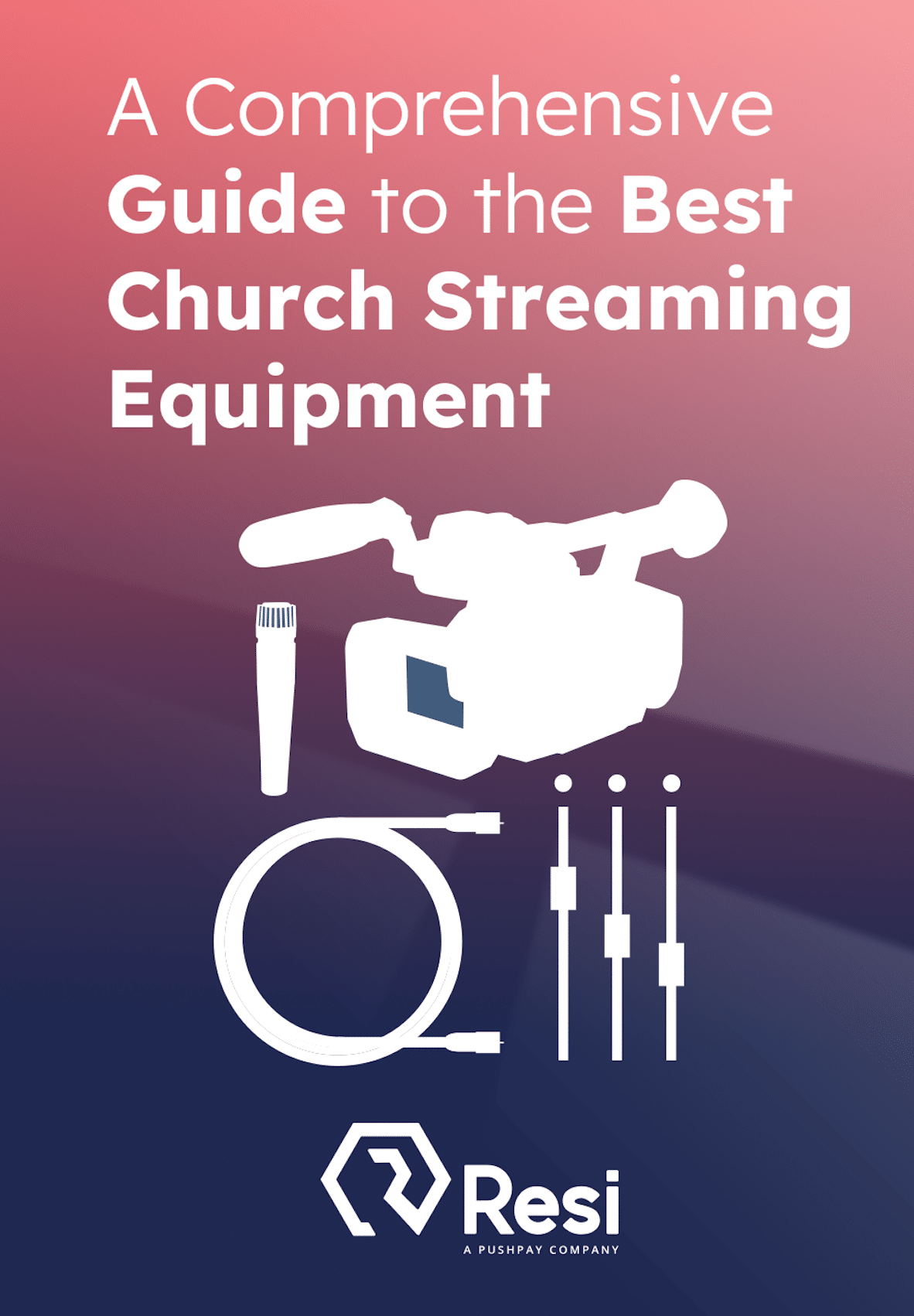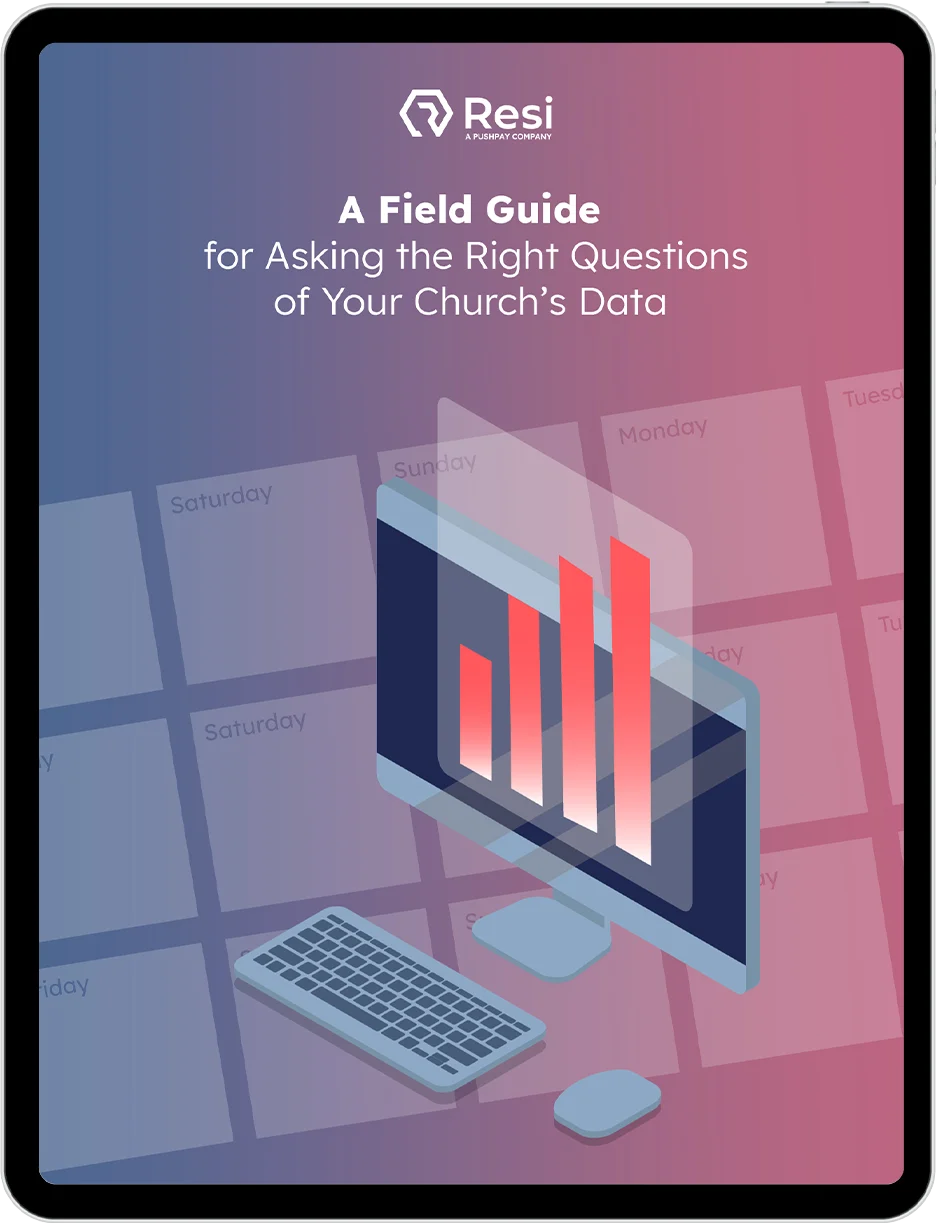
As analog video has gone digital, it’s easy to think that everything can be fixed in post-production. But this isn’t always the case. Effective livestreaming requires careful consideration during pre-production to guarantee everything is synchronized, which ensures broadcasters offer the highest quality viewing experience with minimal delay.
Best Livestreaming Equipment
Discover what top-rated equipment we recommend adding to your church streaming toolkit.
Download for free!
This post will take a closer look at what genlocking is and why broadcasters may choose to use it for their streaming infrastructure. We’ll also cover blackburst and tri-level reference signals, frame synchronization, and multi-device livestreaming. Let’s get started.
What is Genlock?
Genlock, short for generator locking, is a broadcasting technique used by some video devices or systems to keep synchronized. This enables precisely frequency-locked video signals where every device knows when a frame starts and ends. More specifically, genlock uses a reference signal – blackburst or tri-level – as the timing plane for the entire broadcasting system.

Blackburst vs. Tri-level Reference Signals
With genlock, the device usually chosen as the timing reference is called a sync generator. All other audio and video devices are connected to this device and synchronized to its internal clock. The two most common reference signals are blackburst or tri-level.
Blackburst or bi-level sync is an analog signal commonly used as a reference to synchronize standard video. This blank reference signal allows other devices within the broadcasting system to get on the same timing plane. While tri-level signals are slowly replacing blackburst, it’s still often used as a fallback for legacy equipment that only supports composite signals.
However, many high-definition video signals use tri-level synchronization because there are higher data rates and stricter timing jitter requirements. A tri-level signal has a higher frequency, which can improve timing accuracy while reducing jitter. This leads to smoother switching between input sources during high-definition streaming.
The Importance of Sync
Genlocking ensures multiple cameras and recording devices are synchronized so that the video output can seamlessly switch between these different sources without any unwanted artifacts. This is useful for live sports events with multiple camera angles or combining video data during post-production.
Cameras and other hardware built by a variety of manufacturers can have slightly different internal clocks. The problem with this is that they can slowly get out of sync without genlock or frame sync. Even a few milliseconds of drift could cause displays to stutter as they readjust the horizontal or vertical scan lines. That means frames could start to display halfway down the screen instead of a full top-to-bottom image.
Moreover, when audio is off by even a frame or two, it’s noticeable to viewers. In many cases, it’s difficult for broadcasters to re-synchronize after a drift like this, so viewers are stuck with unsynchronized audio for the duration of the livestream.
Do You Need Genlock?
While genlock helps synchronize broadcast systems, not every camera can support it. If your cameras can receive a sync signal – whether it’s blackburst or tri-level – it’s generally a good idea to opt for genlock over frame synchronization. That said, nearly every device will support frame sync.
Frame synchronization ensures the frame rates of video sources are aligned, whereas genlock synchronizes the video signals or pixels themselves. A frame synchronizer is a device that writes incoming video signals into a frame buffer, which can adjust the timing of frames across all sources during playback.
The problem with frame sync is that it always adds latency because it takes at least one frame to determine when individual frames begin and end. Genlock ensures the entire system knows this information without any additional latency or cumulative delay. That makes genlock a better option for low latency livestreaming.
Another major drawback of frame sync is with embedded audio. When an input reaches a video switcher, the audio is often stripped out of the signal. That means routing embedded audio signals through switches runs the risk of losing the audio, requiring you to re-embed the audio again later.
Frame sync may work for some situations, but the best way to protect the integrity of a multi-device livestreaming environment is genlock. This approach ensures the frame rate of the entire broadcast is synchronized without introducing latency.
Synchronized Streaming With Resi
Resi’s D2202 decoder includes additional genlock/reference inputs so that you can use a blackburst or tri-level central timing reference signal to synchronize your video output for your production systems. This ensures that your livestreaming event has seamless audio and video for the highest viewing experience possible.

Want a deeper dive? Well, you’re in luck! In the video at the top of this post, we talked with our friends from Summit Integrated Systems all about genlock and what they recommend for installations where IMAG is a consideration.









